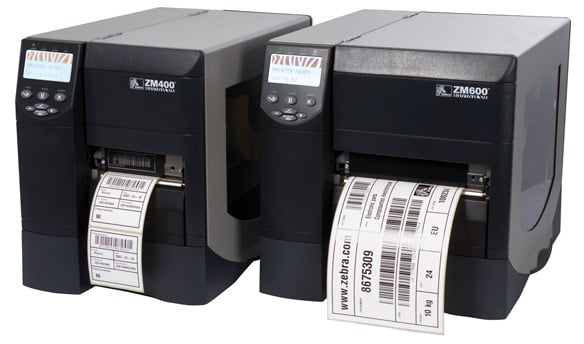Direct Thermal vs. Thermal Transfer: An Overview of the Basics
Thermal labels have an endless list of practical applications and can represent outstanding value for money. However, deciphering between the two main types of thermal labels – direct thermal and thermal transfer labels – is essential before choosing which is right for you.
What Is Direct Thermal Printing?
Direct thermal printing is an approach to printing that involves a special material precoated in Leuco Dye. This remarkable substance has the capability to switch between two chemical forms, one of which is colourless.
The application of heat to the material coated with leuco dye results in the appearance of ‘ink’ on the surface. Direct thermal printing therefore uses heat to transform the chemical form of the leuco dye on the material, rather than actually transferring any ink from the printer to the surface.
What Are the Benefits of Direct Thermal Printing?
From shipping labels to shopping receipts, thermal printing is used for thousands of important applications. No consumables are required other than the material itself, excluding the need for printer cartridges and ink.
It can also be one of the fastest approaches to printing, often using tiny portable printers that are much cheaper to operate than conventional printers; precisely why thermal printing tends to be used for on the spot printing purposes, such as printing receipts or parking permits.
Abrasion can darken or damage the surface of the material treated with leuco dye. The results of direct thermal printing also tend not to be as long lasting as those of comparable printing methods.
What Is Thermal Transfer Printing?
Thermal transfer printing works by using heat to transfer ink from the printer to the material. Thermal transfer printing is therefore compatible with a much wider variety of materials which do not need to be treated with leuco dye.
Thermal transfer printing ribbons are available in a wide variety of colours, further boosting the versatility of the method. The results produced can be significantly longer lasting than those of direct thermal printing, making it the printing method of choice where the result needs to last a long time.
What Are the Benefits of Thermal Transfer Printing?
The main benefit of thermal transfer printing is the longevity of the result. Thermal printing produces highly precise results with an extensive lifespan, this is ideal for printing things like barcodes, safety labels and certification labels.
It can also be a fast and convenient approach to printing, which is not at risk of damage or deterioration due to abrasion. When compared to laser printing and dot matrix printing, thermal transfer printing can be very cost-effective.
The main disadvantage with thermal transfer printing is the requirement for additional consumables for the printer to work. In addition, thermal transfer printers tend to be somewhat larger and are therefore not quite as portable as comparable direct thermal printers.
Please visit Mercury Labels for all your label needs.

